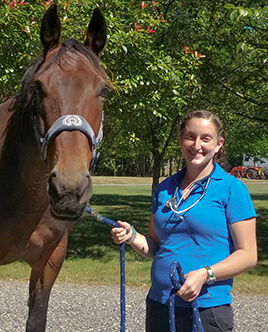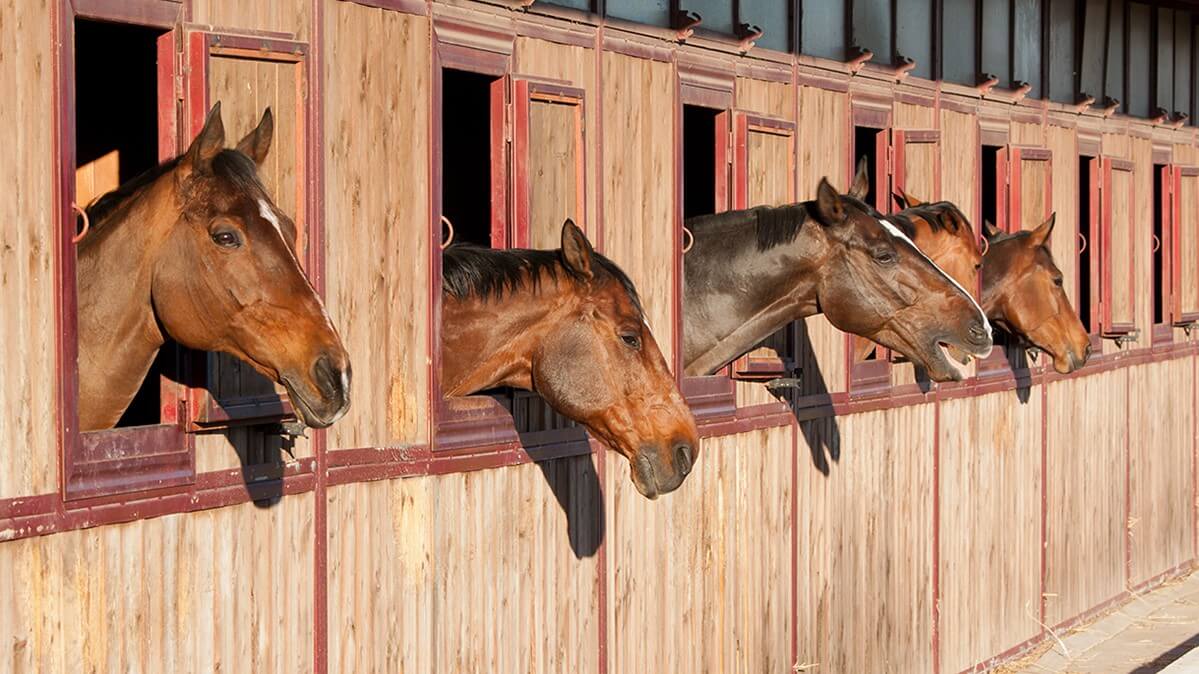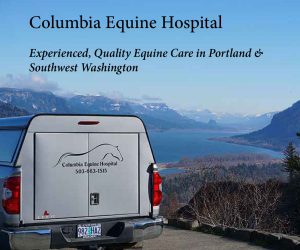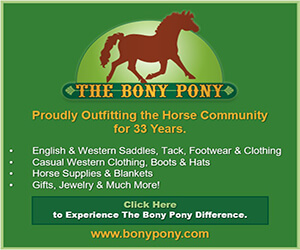In today’s world, biosecurity measures have become increasingly common in our day-to-day lives. Still, veterinarians frequently see outbreaks of infectious diseases in horse stables across the United States. These outbreaks can have detrimental effects on horse health, trigger long lasting movement restrictions, and cause deep financial hardships for owners and the industry.
To decrease the risk of an outbreak occurring in your barn, impeccable biosecurity measures should be in place. Biosecurity measures are the actions taken to reduce the introduction and spread of infectious disease and are vital to keeping diseases like strangles, equine influenza virus, equine herpes virus, equine corona virus, and salmonella at bay.
Planning
The first step to any biosecurity strategy is planning. Before any horse enters the property it’s a good idea for a veterinarian to check the horse and provide a health certificate within the previous 7 days to ensure the horse is not exhibiting any signs of infectious disease. The new arrival should be quarantined on the farm, in a separate area or barn which utilizes separate equipment, for at least 14 days. Halters, lead ropes, buckets, muck wagons, pitch forks, etc., should all be separate between the isolation area and the rest of the barn.
The horse(s) in isolation should be fed and cleaned last in order to not to drag any possible infectious diseases to the rest of the barn. Footbaths, hand washing, and good general hygiene help further reduce any carriage of diseases by people from possibly infected horses to healthy ones. These horses should be monitored twice daily for fever and observed for any other signs of infectious diseases. If a horse displays signs of coughing, nasal discharge, swollen lymph nodes, fever, or diarrhea it should immediately be evaluated by a veterinarian and removed from the barn.
Vaccination
The next step is to keep the rest of the barn vaccinated according to the American Association of Equine Practitioners guidelines for core and risk-based vaccines. Having a strict set of vaccine guidelines for horses in the barn can mitigate or even prevent infectious disease outbreaks. The old saying “an ounce of prevention is worth a pound of cure” rings true.
Vaccines are an inexpensive insurance policy compared to the devastating effects of a disease outbreak. Horses that are vaccinated are at far less risk of contracting infectious diseases and if infected, generally have milder symptoms compared to unvaccinated horses. Stable owners should work with their veterinarian to come up with a required vaccination protocol for boarders to help ensure the overall health of all horses at the facility.
Ongoing Prevention
If the previous two steps are followed, much of the infectious disease veterinarians battle against will be curbed. All horses that go off farm should be fully vaccinated for core and risk-based vaccines as they are at the highest risk of exposure to infectious diseases. Horses that go off farm to shows, events, playdates, or trail rides and then return to the barn can introduce diseases back to resident horses.
While showing, owners can minimize this risk by following some easy guidelines. Stalls at the show facility should be thoroughly cleaned and disinfected before the horse is placed inside. All buckets, hay nets, feed bins, or other containers should be brought to the show, so no communal items are used. Hoses should not be dipped into buckets while filling them and nose to nose and close contact should be avoided between horses. Tack should not be shared between horses and good hand hygiene for owners is a must, but it is best to avoid touching any other horses at the show.
When the horses return to their original stable, they should be isolated for at least seven days and if this is not possible, their temperature should be monitored twice daily and recorded on their stall front. If a fever is detected, then isolation protocols can be implemented early in the disease course and hopefully an outbreak can be avoided.
Discussing biosecurity measures with your veterinarian before an outbreak occurs and having an action plan is essential to keeping the barn safe and disease free. Everyone is responsible for biosecurity within the barn and practicing these simple measures can help ensure healthy, happy horses.
See this article in the July 2021 online edition:

Shia Gottwald, DVM is a 2016 graduate of Washington State University, College of Veterinary Medicine and is a Washington state native. She is currently a member of the team at Kulshan Veterinary Hospital in Lynden, Washington.
Dr. Gottwald grew up riding Arabians in open shows and 4-H where she discovered her passion for science as it related to horses. Dr. Gottwald completed an internship in San Angelo, Texas after veterinary school to hone her practice experience with horses. In her spare time, she enjoys spending time with her family, hiking, baking, cooking, and cruising the 4×4 trails with her husband. She has a dog, cat, and a Morab gelding who is a pleasure horse and pasture pet.





